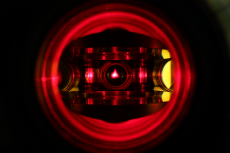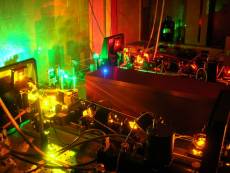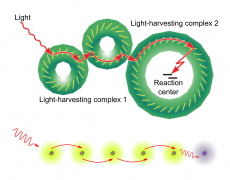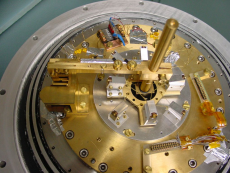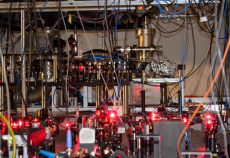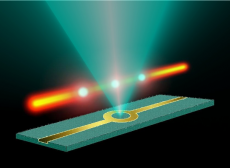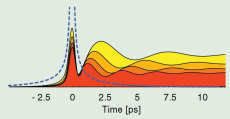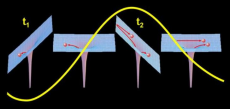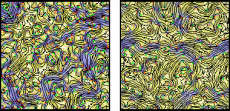CQD Special Seminar
9. January 2017 15:00
Konferenzraum 4, Physikalisches Institut, Im Neuenheimer Feld 226Experimental observation of the Coherent Forward Scattering: quantum interferences in the strong localization regime
Clément Hainaut
Université de Lille, CNRS, UMR 8523 - PhLAM - Laboratoire de Physique des Lasers Atomes et Molécules, Lille, France
The atomic kicked rotor is a paradigm for studying quantum chaos and Anderson localization phenomena in atomic systems. Carefully engineering the symmetry properties of the kicked rotor Hamiltonian [1] allowed us to experimentally investigate the coherent nature of the interference paths which represent the building blocks of the Anderson localization. In particular, we observed the enhanced return to the origin phenomenon, a manifestation of weak localization, closely related to the coherent backscattering.
Moreover, more subtle interference mechanisms lead to the so-called Coherent Forward Scattering (CFS) which has theoretically been pre- dicted recently [2], and represents a genuine signature of the Anderson (strong) localization [3]. We will present the first experimental evidence of the observation of CFS and discuss two key distinctive features: the characteristic timescale and robustness with respect to time-reversal- symmetry breaking.
[1] C. Tian, A. Kamenev, and A. Larkin, Phys. Rev. B 72, 045108 (2005).
[2] T. Karpiuk, N. Cherroret, K. Lee, B. Grémaud, C. A. Müller, and C. Miniatura, Phys. Rev. Lett. 109, 190601 (2012).
[3] S. Ghosh, N. Cherroret, B. Grémaud, C. Miniatura, and D. Delande,
Abstract_Cle_769_ment_Hainaut_170109.pdf

